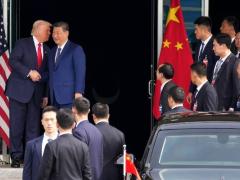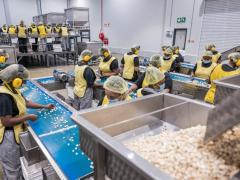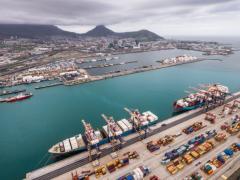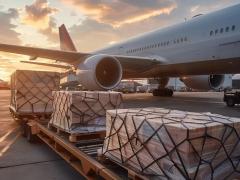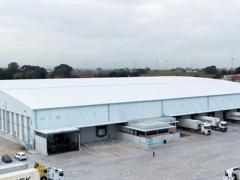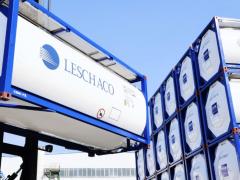There has been “slow convergence” between the countries that perform best and worst in logistics since 2007, according to a new World Bank Group report released last week. This gap persists because of the complexity of logisticsrelated reforms and investment in developing countries, and despite the almost universal recognition that poor supplychain efficiency is the main barrier to trade integration in the modern world. The ‘Connecting to Compete 2014: Trade Logistics in the Global Economy' report finds that low-income, middleincome, and high-income countries will need to take different strategies to improve their standings in logistics performance. In low-income countries, the biggest gains typically come from improvements to infrastructure and basic border management. This may mean reforming a customs agency, but, increasingly, it means improving efficiency in other agencies present at the border, including those responsible for sanitary and phyto-sanitary controls. Often, multiple approaches are required. “You can’t just do infrastructure without addressing border management issues,” said Jean-François Arvis, senior transport economist and founder of the LPI project. “It’s difficult to get everything right. The projects are more complicated, with many stakeholders, and there is no more low-hanging fruit.” Middle-income countries, by contrast, usually have fairly well-functioning infrastructure and border control. They generally see the biggest gains from improving logistics services, and particularly outsourcing specialised functions, such as transportation, freightforwarding and warehousing. In high-income countries, there is a growing awareness of – and a demand for – “green logistics”.



